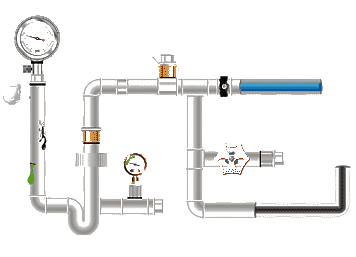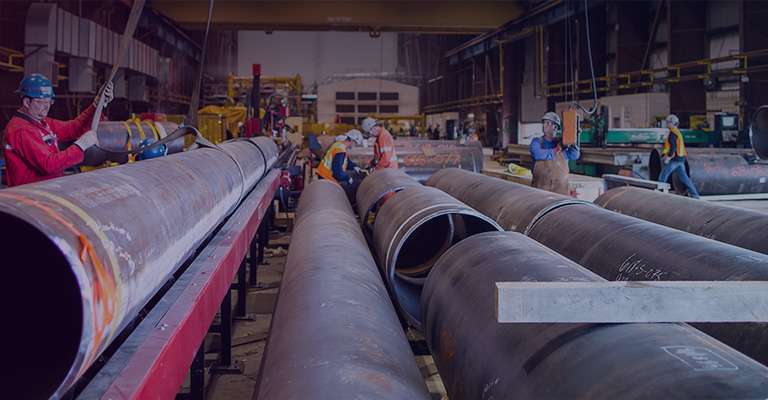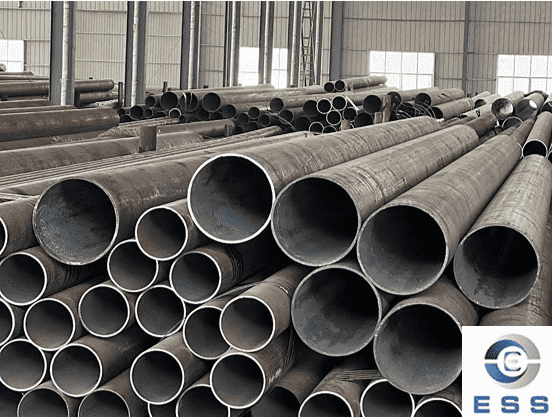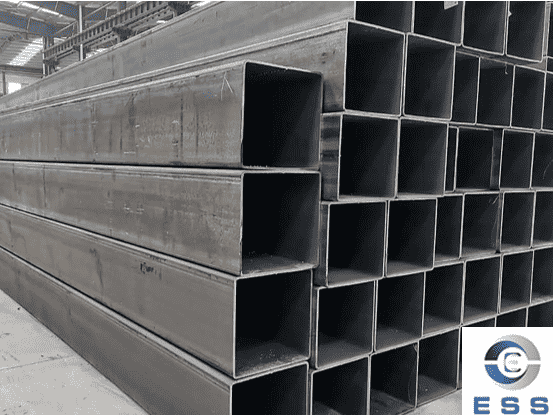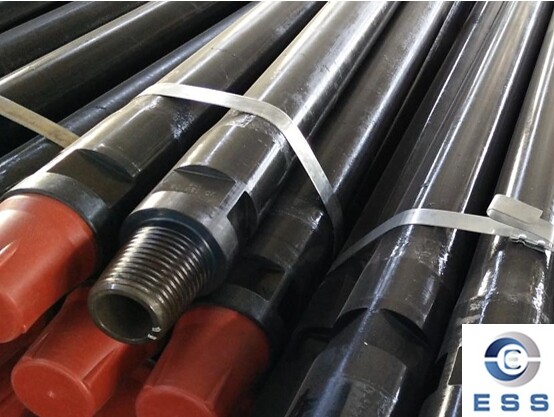
Drill pipe is an important drilling tool that plays a role in transmitting torque and
providing a connection link during the drilling process. The thread is the core
component of the drill pipe, and its quality and precision directly affect the
efficiency and safety of drilling operations. Therefore, in the production and
use of drill
pipe threads, it is often necessary to follow some standards to standardize
its size, shape and processing technology.
Drill pipe thread standard
1. API standard
The API (American Petroleum Institute)
drill pipe thread standard is currently the most commonly used drill pipe
thread standard. API standard threads can be divided into three categories,
namely internal threads, external threads and plug threads. The advantage of
the API standard is good interchangeability, because drill pipes that meet the
API standard can be connected to each other, which is convenient for on-site
assembly. The disadvantage is that the load-bearing capacity is relatively low.
2. GOST standard
The drill pipe thread standard of GOST
(Russian standard) is also relatively common. It is characterized by high
load-bearing capacity but poor interchangeability. The drill pipe thread of the
GOST standard is divided into two types of threads, namely 40-degree
trapezoidal threads and 60-degree trapezoidal threads. Among them, the
40-degree trapezoidal thread has a strong load-bearing capacity, but a single
drill pipe cannot be too long and is easy to break. It is suitable for
low-strength and low-load occasions; the 60-degree trapezoidal thread is
relatively stable and suitable for high-strength and high-load occasions.
3. Other standards
In addition to API and GOST standards,
there are some other standards, such as ISO standards and DIN standards. They
have their own characteristics and are suitable for different drilling
scenarios. For example, ISO standards are suitable for international
engineering projects, while DIN standards are suitable for drilling projects in
the European market.
Application scenarios of different
standards
In actual drilling operations, how to
choose the right thread standard is the key. The following is an analysis of
the application scenarios of API and GOST standards:
1. API standards
API standards are suitable for most
international drilling projects, including onshore and offshore drilling
operations. In addition, because the API standard is formulated more
rigorously, its thread size, running-in specifications and other aspects have
higher requirements, which can ensure the accuracy and stable quality of the
drill pipe, and its market share is gradually expanding.
2. GOST standards
In contrast, the GOST standard is suitable
for some special drilling scenarios, such as deep well drilling and open-pit
mining. Since the GOST standard has high strength and wear resistance, it is
suitable for harsh working environments, but its precision and quality are
relatively low, so special attention should be paid when using it.
How to choose the right thread standard
1. Drilling scenarios
Different drilling scenarios require
different drill pipe thread standards. For example, onshore and offshore
drilling operations require API standard threads, while deep well drilling
requires GOST standard threads.
2. Cost and efficiency
Different thread standards differ in cost
and efficiency. For example, the GOST standard thread processing process is
simple and the cost is relatively low, but its precision and quality are
relatively low, so special attention should be paid when using it.
3. Supply and demand
The supply and demand of different drill
pipe thread standards in the market are also one of the factors in selecting
standards. When the supply is sufficient, you can consider using the relatively
high-quality API standard drill pipe thread.
Summary
Drill pipe thread standards are an
important part of drilling tools. Choosing the right standard can improve the
efficiency and safety of drilling operations. The main thread standards are
API, GOST, ISO and DIN, each of which has its own characteristics. When
selecting standards, multiple factors such as drilling scenarios, costs and
efficiency, supply and demand, etc. should be considered and weighed.
Read more: API Drill Pipe Thread Types or Drill Pipe Manufacturing Process









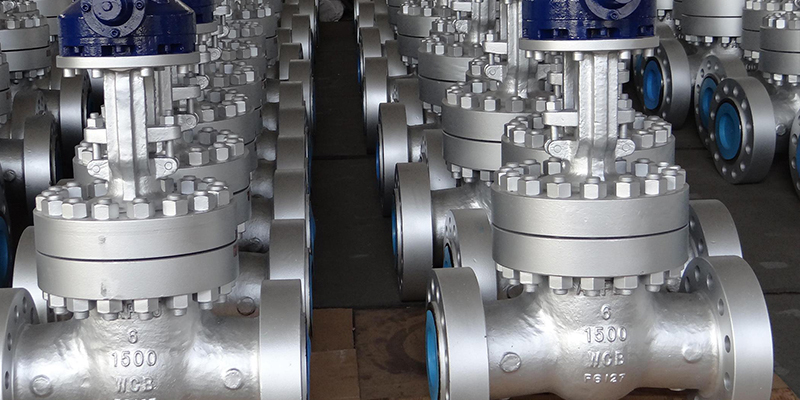
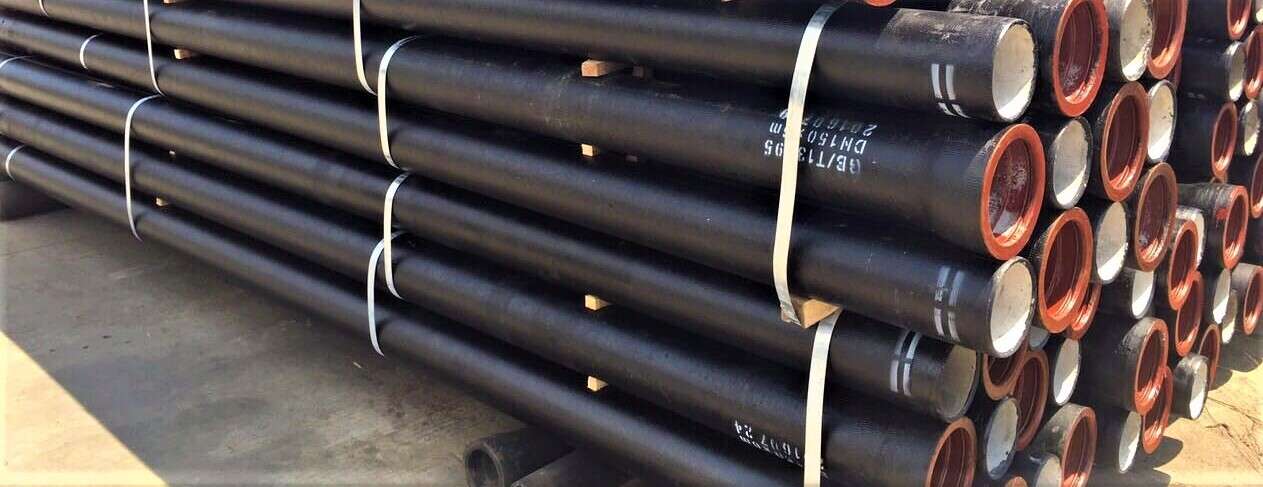


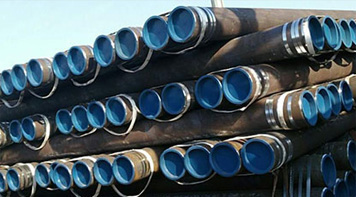 Eastern Steel Manufacturing Co.,Ltd not only improve product production and sales services, but also provide additional value-added services. As long as you need, we can complete your specific needs together.
Eastern Steel Manufacturing Co.,Ltd not only improve product production and sales services, but also provide additional value-added services. As long as you need, we can complete your specific needs together.
